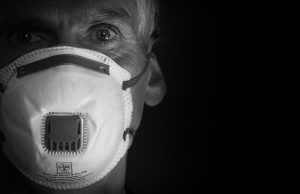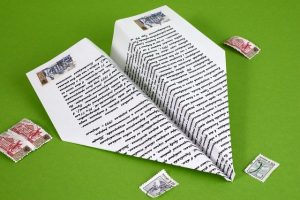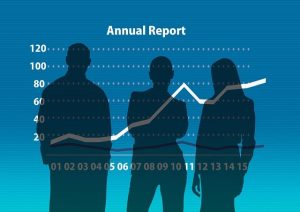Precision in Drug Safety Report Translations: UK Expertise & Best Practices
Translation services for Drug Safety Reports (DSRs) in the UK are vital to ensure patient safety, accurate communication, and regulatory compliance. These services address the unique challenges of DSRs, such as medical jargon, cultural nuances, and s…….

Translation services for Drug Safety Reports (DSRs) in the UK are vital to ensure patient safety, accurate communication, and regulatory compliance. These services address the unique challenges of DSRs, such as medical jargon, cultural nuances, and strict regulations like Pharmaceutical Guidelines. Reputable providers employ rigorous quality assurance processes, advanced technology (like Machine Translation), and expert linguists to deliver precise translations that maintain data integrity. Choosing a reliable service with a proven track record, native-speaking translators, and industry knowledge is essential for effective DSR translation, fostering public trust in the pharmaceutical sector.
In the dynamic pharmaceutical landscape of the UK, ensuring precise translations of drug safety reports is paramount. These reports, packed with critical information on medication risks and benefits, demand accuracy and clarity to safeguard public health. However, navigating the complexities of international communication poses challenges, from linguistic nuances to regulatory compliance. This article explores best practices, including the role of professional translation services, advanced technologies like machine translation, and essential quality assurance processes, to ensure the integrity of drug safety report translations in the UK.
- Understanding Drug Safety Reports and Their Significance in the UK
- Challenges in Ensuring Accurate Translations for Drug Safety Documents
- The Role of Professional Translation Services in Maintaining Data Integrity
- Key Considerations When Choosing a Translation Provider for Drug Safety Reports
- Advanced Technologies in Machine Translation: Benefits and Limitations
- Human Translation vs. Machine Translation for Critical Drug Safety Documentation
- Quality Assurance Processes to Verify Translated Drug Safety Reports
- Best Practices for Effective Communication in Drug Safety Report Translations
Understanding Drug Safety Reports and Their Significance in the UK
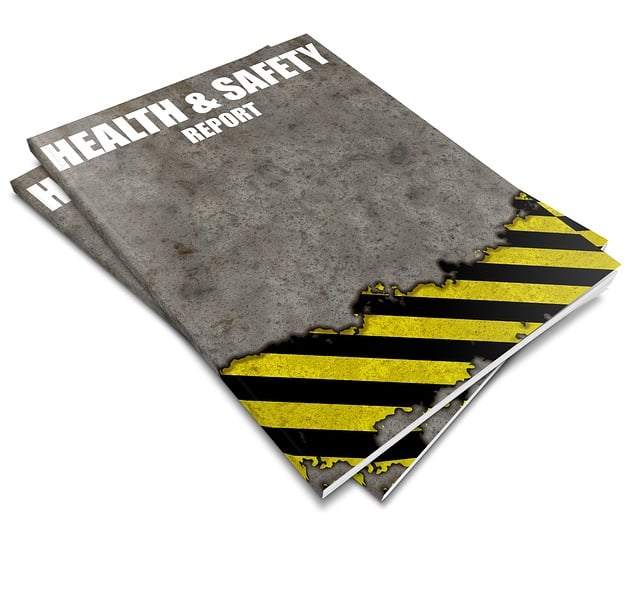
Drug Safety Reports (DSRs) play a pivotal role in ensuring the well-being of patients and the integrity of the pharmaceutical industry within the UK. These reports are comprehensive documents that detail the potential risks, benefits, and effectiveness of medications. They are mandated by regulatory bodies like the Medicines and Healthcare products Regulatory Agency (MHRA) to be updated regularly and made accessible to healthcare professionals and researchers. The significance of accurate and precise DSR translations cannot be overstated, especially in a multicultural society like the UK where patient populations include diverse linguistic backgrounds.
Translation services for Drug Safety Reports UK are essential tools to bridge the communication gap between healthcare providers, regulators, and patients from different language backgrounds. Professional translation ensures that critical information within these reports is conveyed accurately, avoiding potential misinterpretations or delays in medical decision-making. This, in turn, promotes safer medication practices and enhances public trust in the pharmaceutical sector.
Challenges in Ensuring Accurate Translations for Drug Safety Documents
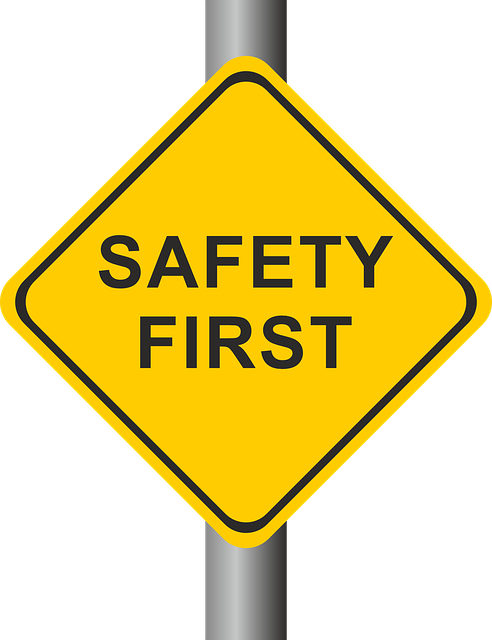
In the realm of drug safety reports, ensuring precise translations is no simple task. These documents are critical for communicating vital information about pharmaceutical products, and any inaccuracy can have severe consequences for patients and regulatory authorities alike. The challenges stem from several factors. Firstly, drug safety reports often contain highly technical language and complex terminology specific to the industry. Translators must possess a deep understanding of both the source and target languages to convey these terms accurately.
Secondly, cultural nuances play a significant role. What may be an acceptable phrase in one language could carry a different or even negative connotation in another. In the context of drug safety, clear and concise communication is paramount to prevent misinterpretation of side effects, dosage instructions, or potential interactions. Therefore, when seeking translation services for Drug Safety Reports UK, it’s crucial to engage professional translators who not only excel in linguistic proficiency but also have expertise in medical terminology and a keen awareness of cultural subtleties.
The Role of Professional Translation Services in Maintaining Data Integrity

Professional translation services play a pivotal role in maintaining data integrity when translating Drug Safety Reports (DSRs) in the UK. With regulations like the Pharmaceutical Guidelines requiring precise and accurate documentation, relying on competent translators is essential. These experts not only possess in-depth knowledge of pharmaceutical terminology but also understand the critical nature of such reports. They employ meticulous techniques to ensure that every detail, from technical terms to safety protocols, is translated flawlessly, preserving the original meaning and context.
By availing of professional translation services, pharmaceutical companies can guarantee that their DSRs meet the stringent standards set by regulatory bodies. These services go beyond simple word-for-word translations; they involve thorough research and a deep understanding of the source and target languages to convey complex medical information accurately. This is particularly crucial when dealing with global markets, ensuring consistent safety data across diverse regions.
Key Considerations When Choosing a Translation Provider for Drug Safety Reports
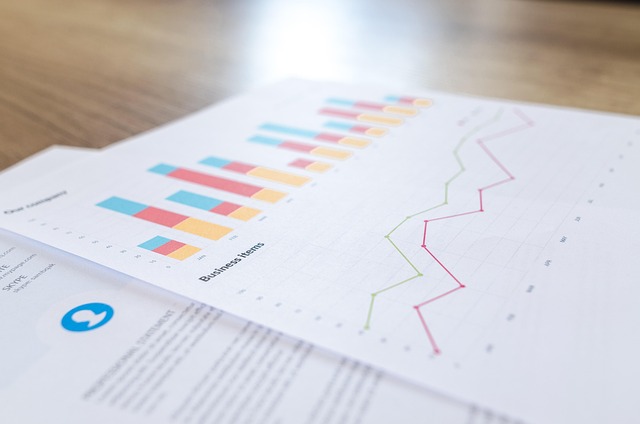
When selecting a translation service for drug safety reports, it’s crucial to consider several factors to ensure accuracy and reliability. Look for providers with extensive experience in pharmaceutical and regulatory documentation, demonstrating their expertise in handling complex scientific terminology and adhering to industry standards like ICH E2C(R2). Thoroughly review their quality assurance processes and certifications, such as ISO 17105 or ISO 9001, which ensure consistent and high-quality translations.
Additionally, verify their proficiency in both source and target languages, assessing linguistic capabilities and cultural understanding. Reputable translation companies employ native speakers with pharmaceutical backgrounds, ensuring precise terminologies and capturing subtle nuances crucial for drug safety reports. Check references or case studies to gauge their performance and ability to meet tight deadlines while maintaining meticulous attention to detail.
Advanced Technologies in Machine Translation: Benefits and Limitations

Advanced Technologies in Machine Translation offer significant advantages for the translation services industry, especially in specialized fields like drug safety reports. These technologies leverage artificial intelligence and neural networks to deliver more accurate and contextually relevant translations than traditional methods. By analyzing vast amounts of data, these systems can adapt to industry-specific terminology and nuances, ensuring precise communication in complex scientific documents.
However, while Machine Translation has made remarkable strides, it’s not without limitations. Contextual understanding and idiomatic expressions remain challenging for automated systems. In the realm of drug safety reports, where precision is paramount, human review and expertise are still essential to catch subtle errors or nuances that might be missed by AI. Translation services for Drug Safety Reports UK, therefore, often employ a hybrid approach, combining advanced machine translation with rigorous human oversight to guarantee the highest level of accuracy.
Human Translation vs. Machine Translation for Critical Drug Safety Documentation

In the realm of drug safety reporting, precision and accuracy are paramount to ensure patient safety and regulatory compliance. When it comes to translating these critical documents, the choice between human and machine translation services for Drug Safety Reports UK is a crucial one. Human translators, equipped with medical expertise, offer unparalleled nuance and contextual understanding, ensuring that complex pharmaceutical terminology is conveyed accurately. They can adapt language to suit the target audience, considering cultural sensitivities and local regulations.
However, Machine Translation (MT) systems have revolutionized translation services, providing swift and cost-effective solutions. Advanced MT technologies, particularly those leveraging Neural Machine Translation (NMT), can deliver high-quality outputs for drug safety reports. These systems continuously learn from vast amounts of data, improving accuracy over time. While MT may not yet match the precision of human translators in every aspect, it remains a valuable tool, especially for handling large volumes of routine documentation. Combining human expertise with MT can lead to efficient and precise translation services for Drug Safety Reports UK, meeting the stringent requirements of the pharmaceutical industry.
Quality Assurance Processes to Verify Translated Drug Safety Reports
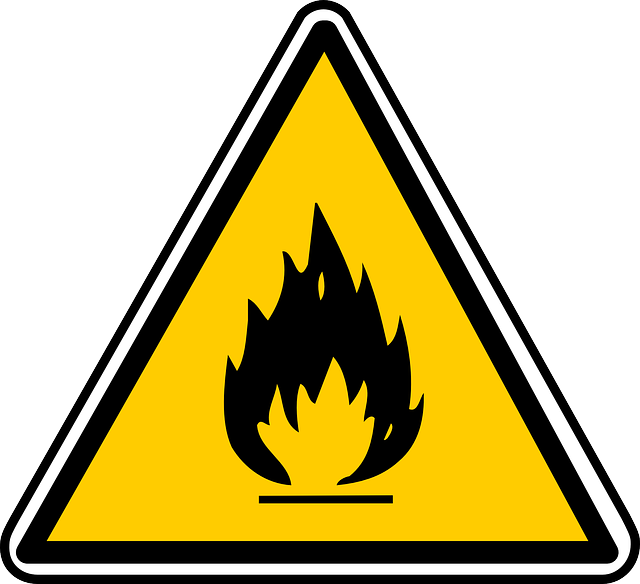
When it comes to drug safety reports, accuracy is paramount. To ensure precise translations, reputable translation services in the UK implement robust quality assurance (QA) processes. These typically involve multiple layers of review by expert linguists who specialize in medical terminology and regulatory compliance. Specialized software tools are also employed to check for grammatical errors, inconsistencies, or cultural nuances that might impact the report’s integrity.
Beyond linguistic precision, QA processes verify that the translated document accurately reflects the source material’s scientific and clinical context. This includes meticulous checks for terminology consistency, ensuring that specialized medical terms are rendered identically across languages to maintain data reliability. Moreover, these processes may encompass format and layout adjustments to meet regulatory requirements specific to each target market, further enhancing the report’s overall quality and compliance.
Best Practices for Effective Communication in Drug Safety Report Translations
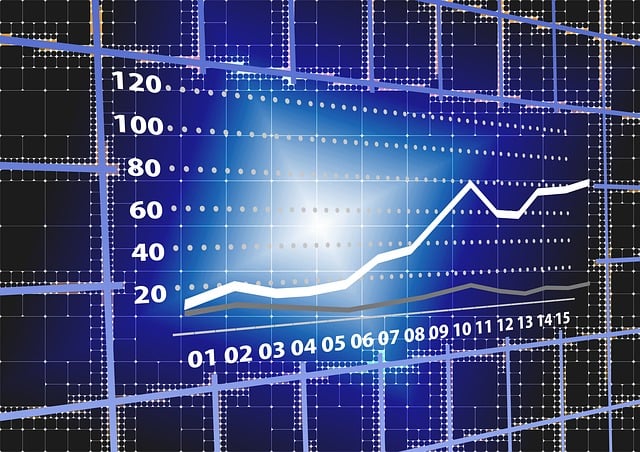
When translating Drug Safety Reports, clear and accurate communication is paramount. The complexity of pharmaceutical terminology demands specialized translation services that understand both the scientific nuances and regulatory landscapes. Choosing a reputable provider offering native-speaking translators with pharmacovigilance expertise is essential for preserving the integrity of critical information.
Best practices include extensive linguistic and technical screening of translators, strict quality assurance processes, and regular peer reviews. Using terminology databases specific to drug safety ensures consistency across translations. Additionally, maintaining open lines of communication with clients and staying updated on industry guidelines help in addressing any specific requirements or changes in regulatory standards, especially when translating for the UK market.
In ensuring precise information in drug safety report translations, especially within the UK context, professional translation services play a pivotal role. By leveraging advanced technologies like machine translation and implementing robust quality assurance processes, these services maintain data integrity crucial for regulatory compliance. When selecting a provider, it’s essential to consider expertise, confidentiality, and adherence to best practices. Ultimately, combining human oversight with cutting-edge technology offers the most effective approach to handle complex drug safety document translations, fostering clear communication and enhancing patient safety. Translation services for Drug Safety Reports UK must strive to meet these high standards to facilitate global collaboration in healthcare.

